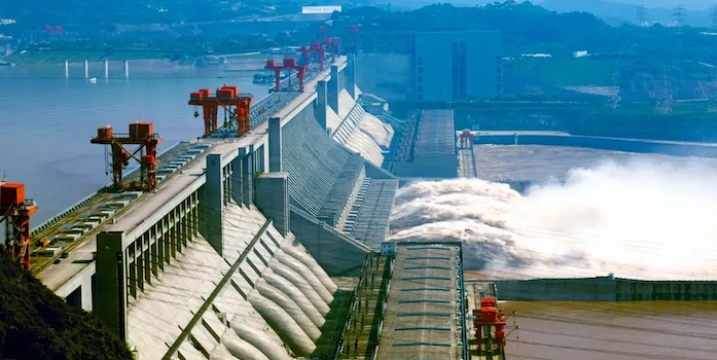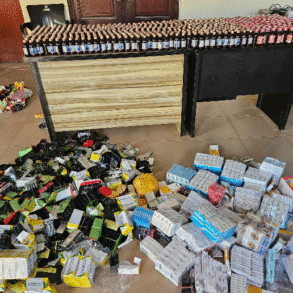China has officially commenced construction of what is set to become the world’s largest hydropower dam in Tibet, a development that has triggered regional tensions and environmental concerns.
The Motuo Hydropower Station, located on the Yarlung Tsangpo River in Medog County, Tibet, was launched during a high-profile groundbreaking ceremony presided over by Chinese Premier Li Qiang on Saturday.
The project, estimated to cost 12 billion yuan (approximately $1.67 billion), will surpass the capacity of the Three Gorges Dam and is expected to generate up to three times more energy, according to local media reports.
Chinese authorities claimed the project is designed to bolster economic development in the region and reduce carbon emissions as part of the country’s renewable energy expansion.
Under President Xi Jinping’s “xidiandongsong” (West-to-East Power Transmission) initiative, electricity generated from the project will be transmitted to eastern China to meet industrial energy demands.
However, the project’s location along the transboundary Yarlung Tsangpo River which becomes the Brahmaputra in India and the Jamuna in Bangladesh has heightened geopolitical anxieties in both neighbouring countries.
Officials in New Delhi and Dhaka fear that Beijing could manipulate water flows, posing ecological, economic, and security risks to millions of people living downstream.
Arunachal Pradesh Chief Minister Pema Khandu warned that the dam posed “an existential threat” to local communities, especially indigenous groups such as the Adi tribe.
“If the dam is built and they suddenly release water, our entire Siang belt would be destroyed,” Khandu stated, voicing concerns over the potential for catastrophic flooding.
India’s central government has previously raised objections with Beijing and is reportedly fast-tracking its own hydropower initiatives along the Siang River as a defensive measure.
Bangladesh has also expressed concern. In February, the Bangladeshi government reportedly requested detailed information from China about the dam’s potential impact on water flow into the country.
A 2020 study by the Australian-based Lowy Institute emphasized the strategic implications of Beijing’s control over rivers originating from the Tibetan Plateau, warning that such control could grant China significant leverage over India’s economy.
In addition to geopolitical concerns, environmental groups and Tibetan activists have condemned the dam, citing threats to biodiversity and the region’s seismic vulnerability.
The project involves drilling a network of 20-kilometre-long tunnels through the Namcha Barwa mountain to divert water and construct five cascading power stations. The ecologically rich area is also prone to earthquakes, amplifying fears of long-term environmental degradation.
Critics have described the project as an encroachment on Tibetan autonomy and heritage, noting that previous protests against hydropower developments in the region have been met with harsh crackdowns.
Despite the backlash, Chinese officials maintain that the project complies with environmental regulations and will bring long-term benefits to the region.
As construction progresses, regional stakeholders and international observers are expected to closely monitor developments, given the project’s implications for energy security, water diplomacy, and environmental sustainability in South and Southeast Asia.







